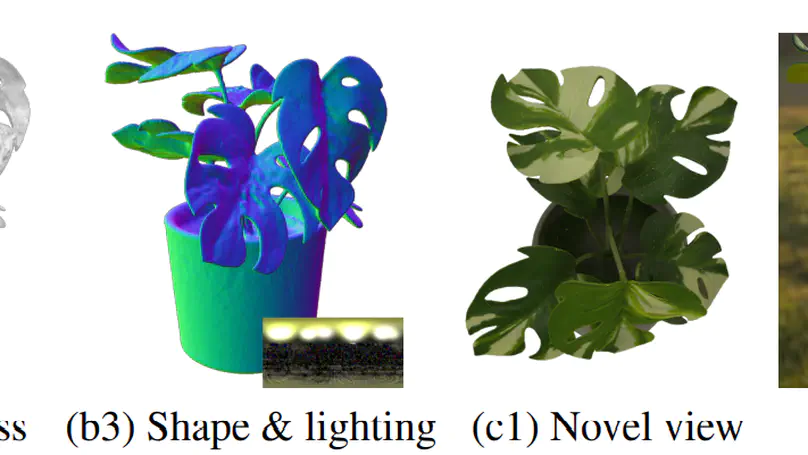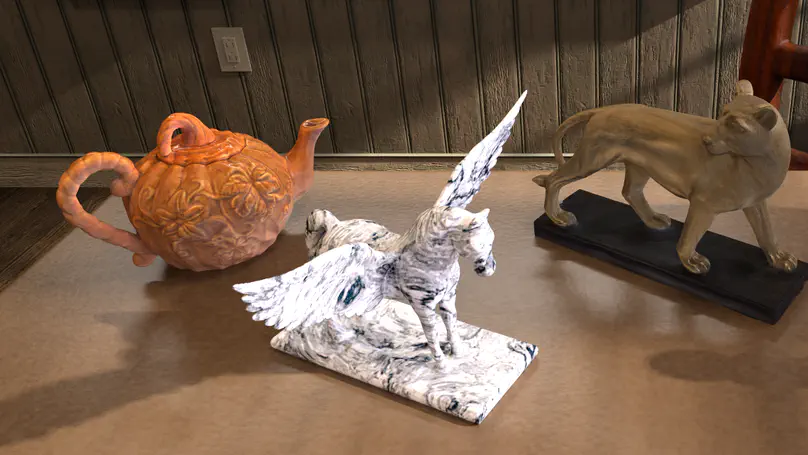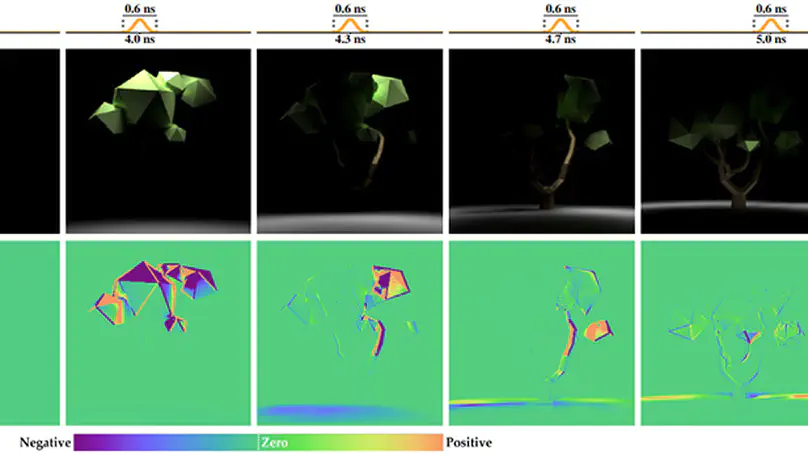Biography
My name is Guangyan Cai (蔡广彦) and I am a fourth-year Ph.D. candidate in Computer Science at UC Irvine School of Information and Computer Science, advised by Prof. Shuang Zhao. I am interested in physics-based differentiable rendering and its applications, such as inverse rendering.
I received my B.S. degree in Computer Science from UC San Diego, where I worked with Prof. Ravi Ramamoorthi.
Ph.D. in Computer Science, 2020 - Present
University of California, Irvine
B.S. in Computer Science, 2016 - 2020
University of California, San Diego
Featured Publications

Reconstructing the shape and spatially varying surface appearances of a physical-world object as well as its surrounding illumination based on 2D images (e.g., photographs) of the object has been a long-standing problem in computer vision and graphics. In this paper, we introduce a robust object reconstruction pipeline combining neural based object reconstruction and physics-based inverse rendering (PBIR). Specifically, our pipeline firstly leverages a neural stage to produce high-quality but potentially imperfect predictions of object shape, reflectance, and illumination. Then, in the later stage, initialized by the neural predictions, we perform PBIR to refine the initial results and obtain the final high-quality reconstruction. Experimental results demonstrate our pipeline significantly outperforms existing reconstruction methods quality-wise and performance-wise.

Mathematically representing the shape of an object is a key ingredient for solving inverse rendering problems. Explicit representations like meshes are efficient to render in a differentiable fashion but have difficulties handling topology changes. Implicit representations like signed-distance functions, on the other hand, offer better support of topology changes but are much more difficult to use for physics-based differentiable rendering. We introduce a new physics-based inverse rendering pipeline that uses both implicit and explicit representations. Our technique enjoys the benefit of both representations by supporting both topology changes and differentiable rendering of complex effects such as environmental illumination, soft shadows, and interreflection. We demonstrate the effectiveness of our technique using several synthetic and real examples.

The continued advancements of time-of-flight imaging devices have enabled new imaging pipelines with numerous applications. Consequently, several forward rendering techniques capable of accurately and efficiently simulating these devices have been introduced. However, general-purpose differentiable rendering techniques that estimate derivatives of time-of-flight images are still lacking. In this paper, we introduce a new theory of differentiable time-gated rendering that enjoys the generality of differentiating with respect to arbitrary scene parameters. Our theory also allows the design of advanced Monte Carlo estimators capable of handling cameras with near-delta or discontinuous time gates.We validate our theory by comparing derivatives generated with our technique and finite differences. Further, we demonstrate the usefulness of our technique using a few proof-of-concept inverse-rendering examples that simulate several time-of-flight imaging scenarios.
Work Experience
Research-related
- Investigated the baking artifacts in material reconstruction with inverse rendering and proposed a method to mitigate them.
- Participated in building a hybrid pipeline that combines NeRF and physics-based differentiable rendering to do high quality 3D reconstruction.
- Showcased our reconstruction results at Meta Connect 2022 (starting at 1:13:20).
- Published our work at ICCV 2023 (see here).
- Investigated geometric artifacts caused by specular highlights in 3D reconstruction and made promising progress.